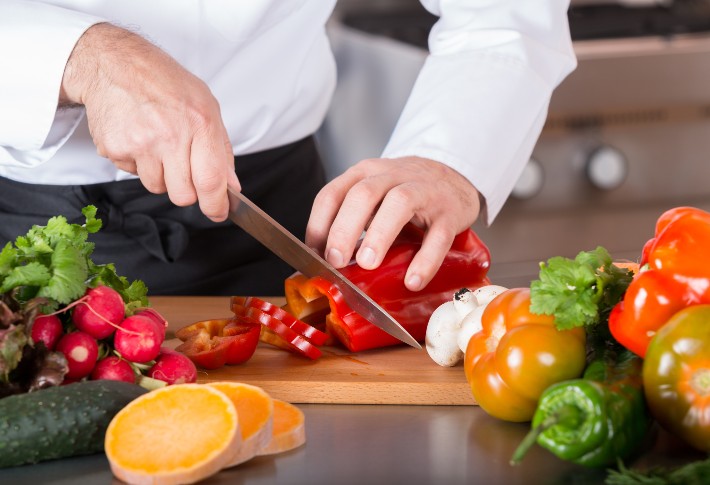How to Make a Precise Relief Cut on Kydex for Knife
Written By James Morgan
Are you a barbecue enthusiast who loves crafting personalized tools and accessories? If so, learning how to make a relief cut on kydex to a knife can be an essential skill to have in your repertoire. In this guide, we'll walk you through the steps using clear, easy-to-follow instructions.
Kydex is known for its durability and versatility, making it an excellent material for the sheath of your barbecue knives. A proper relief cut will ensure your knife fits perfectly and is easy to draw, providing both functionality and safety. In this article, we will show you how to make a relief cut on kydex to a knife thats both effective and aesthetically pleasing.

Why Kydex is Perfect for Barbecue Enthusiasts
Kydex offers a multitude of benefits, from being water-resistant to incredibly tough, which makes it ideal for crafting durable knife sheaths. As a barbecue enthusiast, you need tools that can withstand rough conditions, heat, and frequent use. Kydex meets all these needs effortlessly.
- Durability: Kydex is highly resistant to wear and tear.
- Water-Resistance: Perfect for outdoor barbecue situations.
- Customizable: You can shape and mold it as per your knife's dimensions.

Materials and Tools Needed
Before we dive into the process, lets gather the materials and tools youll need:
- Kydex Sheets: Choose a thickness that suits your needs.
- Heat Gun: For molding the Kydex.
- Utility Knife: For cutting.
- Clamps: To hold the Kydex in place.
- Marker: For marking the cut lines.
- Scrap Wood: To use as a backing while cutting.

Step-by-Step Guide to Making a Relief Cut
Step 1: Measure and Mark
Measure your knife and the sheath to ensure that the relief cut is positioned correctly. Use a marker to denote the area where you will make the cut. Ensure that the marking is visible and precise. Proper measurements are crucial in how to make a relief cut on kydex to a knife.
Step 2: Heat the Kydex
Use a heat gun to warm the Kydex sheet until it becomes pliable. This process will allow you to mold it into the desired shape. Make sure to evenly distribute the heat to avoid creating weak spots.
Step 3: Mold the Kydex
Once the Kydex is adequately heated, carefully mold it around your knife. Use clamps to secure it in place while it cools down. This step ensures a snug fit, making your sheath more efficient and secure.
Step 4: Make the Relief Cut
Place the Kydex on a piece of scrap wood and use a utility knife to make the relief cut along the marked lines. Take your time to ensure a clean cut, as this will affect the final appearance and functionality of the sheath.
Step 5: Sand and Finish
After making the relief cut, use sandpaper to smooth the edges. Smoothing the cut edges ensures that there are no sharp areas that could potentially damage the knife or cause injury. This finishing touch is crucial when learning how to make a relief cut on kydex to a knife.

Pro Tips for Barbecue Knife Maintenance
Keep Your Knife Sharp
A sharp knife is a safe knife. Regularly sharpen your barbecue knife to maintain its efficiency. Sharpening also impacts how well it fits into the Kydex sheath.
Clean After Each Use
After each barbecue session, make it a habit to clean your knife and the Kydex sheath. This practice will prolong the life of both your knife and sheath.
- Read: How to cut cheese
- Read: How to cut steak
- Read: Stop blood from cuts
FAQs
1. How thick should my Kydex sheet be?
The thickness can vary depending on your preference, but a common choice is between 0.08 to 0.125 inches.
2. Can I use household items instead of a heat gun?
A heat gun is recommended for even heating, but in a pinch, a hairdryer could work, though it may not be as effective.
3. Is Kydex safe to use for kitchen knives?
Yes, Kydex is food-safe and highly durable, making it an excellent choice for kitchen knives as well.
As an Amazon Associate, I earn from qualifying purchases.



